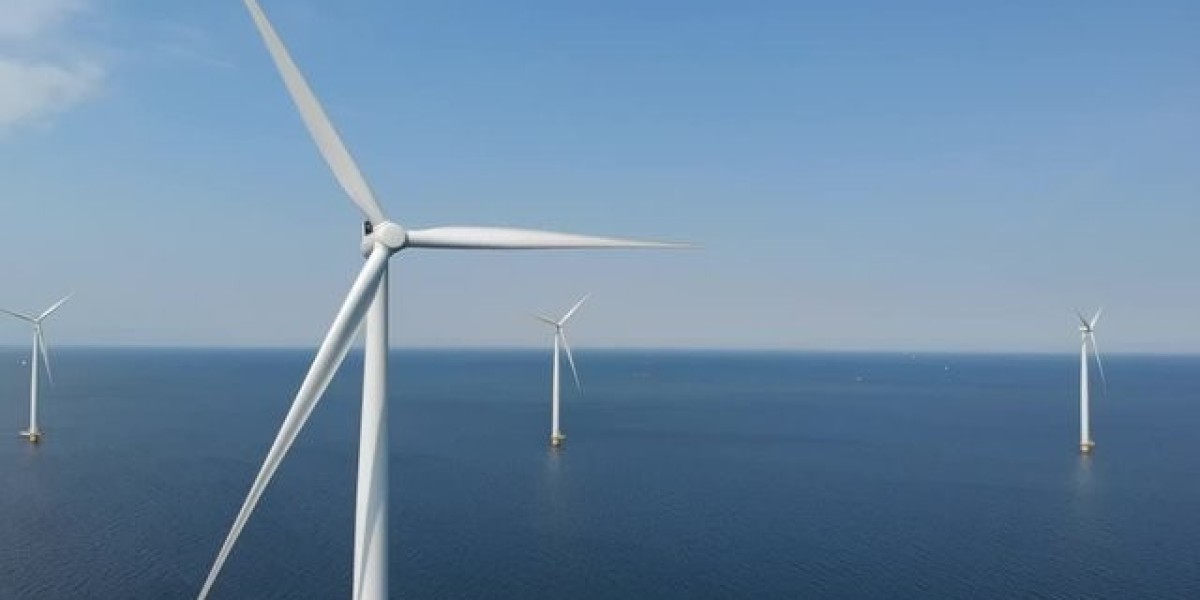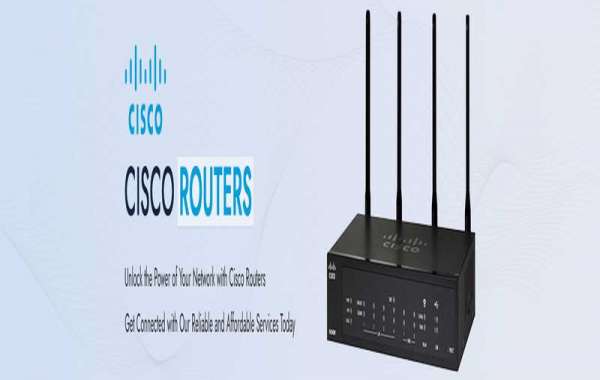Wind energy has emerged as one of the most promising renewable energy sources. However, operating and maintaining large wind turbines requires sophisticated condition monitoring systems to ensure optimal performance and minimize downtime. Condition monitoring helps detect maintenance needs early to prevent costly failures and improve overall asset management.
Condition Monitoring System Components
A basic wind turbine condition monitoring system consists of various sensors installed on critical components like the gearbox, generator, blades, and support structure. These sensors monitor parameters like vibration, temperature, acoustic emissions, oil debris, and voltage/current signals. The data from these sensors is collected and transmitted to a central database for analysis.
Modern systems use wireless technologies like Wi-Fi or cellular networks for reliable data transmission from the nacelle to an onshore control room. This allows round-the-clock remote monitoring of fleets of turbines from a single location. Some advanced systems also use acoustic arrays and high-resolution cameras to identify anomalies visually.
Data Analysis and Diagnostics
After collection, the raw sensor data undergoes extensive analysis using Wind Turbine Condition Monitoring System software. Parameters are tracked over time against baseline signatures and historical data from similar assets. Statistical process control methods identify abnormal variations that might indicate developing faults.
Diagnostic techniques like vibration analysis, oil debris monitoring, acoustic techniques etc. are used to pinpoint the location and severity of issues. Thermography helps detect hotspots while matrix crack detection algorithms process high-resolution images. Well-designed analytic algorithms can detect issues at a very early stage, often before any production losses occur.
Alerts and Predictive Maintenance
Once anomalies are detected, the system generates real-time alerts for maintenance teams. Predictive maintenance capabilities allow scheduling interventions just-in-time before failures. Repair crews can be dispatched with precise spare parts, tools, and repair instructions. Remote diagnostics also help troubleshoot issues without human presence at the turbine.
Overall system uptime is improved through condition-based intelligent maintenance versus traditional time-based approaches. Downtime costs are reduced by 25-30% on average. Early issue detection also prevents escalation, avoiding more extensive repairs later.
Integrating with SCADA and Turbine Controllers
Advanced systems integrate sensor data with the turbine supervisory control and data acquisition (SCADA) system and industrial control platforms. This two-way communication allows remote updating of controller setpoints based on component condition. For example, load limits can automatically adjust to safeguard a degrading gearbox.
Integration also facilitates remote firmware updates, configuration changes and over-the-air software upgrades for sensors, controllers and cloud-based analytics platforms. Health monitoring data becomes part of the regular turbine operating data stream, enhancing reliability and performace optimization over the lifetime.
Applications Across Wind Farm Assets
While gearboxes and generators are top condition monitoring priorities, the full wind turbine structure, blades and balance of plant systems also benefit. Support towers, foundations and cables are evaluated for fatigue cracks or corrosion using integrated sensor networks.
Blade coating integrity, lightning protection, trailing edge erosion and structural weaknesses are detectable early. Substation equipment, transformers and electrical switchgear also have integrated monitoring and predictive maintenance capabilities. This helps maximize energy production levels across entire wind power portfolios.
Continuous hardware and software innovation will make systems even more sophisticated. Wireless sensor networks, low-cost MEMS sensors, advanced diagnostics algorithms, edge and cloud computing are rapidly evolving. Real-time risk assessment and automated anomaly detection using tools like machine learning and artificial intelligence show much promise.
Integrated digital twins of wind farms will closely mirror real assets, aiding virtual commissioning and predictive failure forecasting. Condition-based revenue models may emerge with guarantees tied to actual performance versus design. The overall future of wind energy depends greatly on optimal operation through intelligent condition monitoring systems.
Get More Insights on Wind Turbine Condition Monitoring System Market
Select the language you're most comfortable with-
About Author-
Alice Mutum is a seasoned senior content editor at Coherent Market Insights, leveraging extensive expertise gained from her previous role as a content writer. With seven years in content development, Alice masterfully employs SEO best practices and cutting-edge digital marketing strategies to craft high-ranking, impactful content. As an editor, she meticulously ensures flawless grammar and punctuation, precise data accuracy, and perfect alignment with audience needs in every research report. Alice's dedication to excellence and her strategic approach to content make her an invaluable asset in the world of market insights.
(LinkedIn: www.linkedin.com/in/alice-mutum-3b247b137 )










